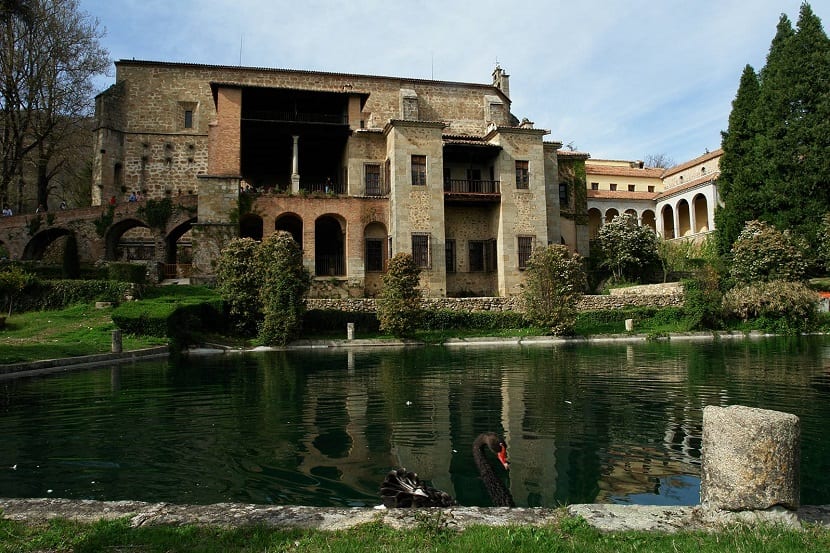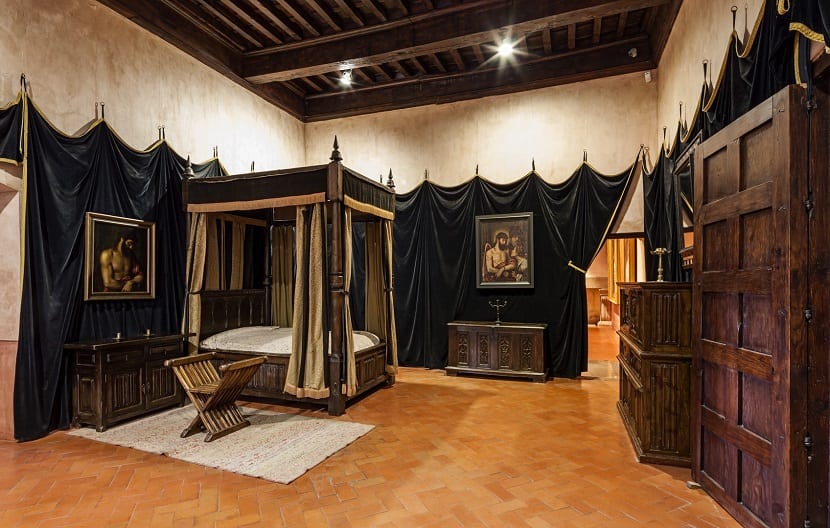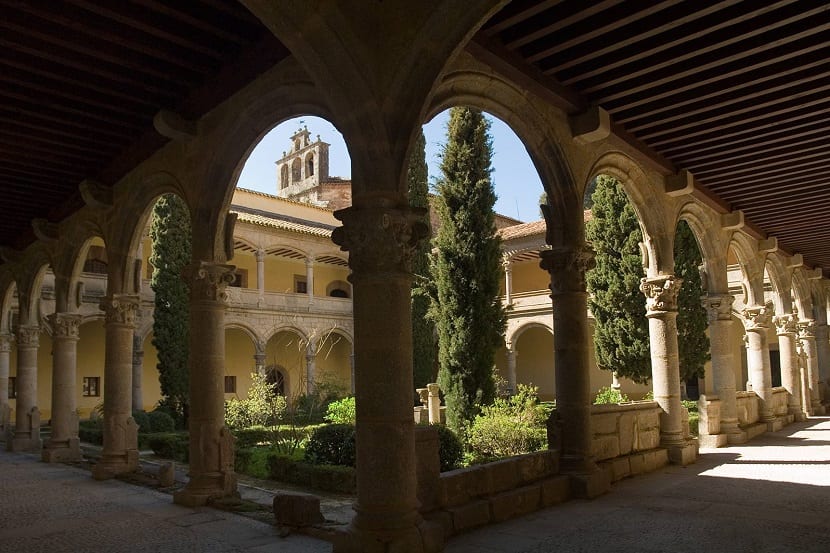
Image | Extremdura Tourism
To the northwest of the province of Cáceres, near Cuacos de Yuste, the Yuste Monastery is located, the place that Emperor Carlos V chose to spend his last days, becoming famous in the country for this circumstance.
It is located in a privileged area surrounded by groves and small streams that transmits a lot of calm. It is not surprising that the monarch saw in this corner of Extremadura the ideal place to rest in the last stage of his life. At present, the Royal Monastery of Yuste is part of the National Heritage of Spain and is the headquarters of the European Academy of Yuste Foundation, dedicated to promoting the spirit of the European Union.
Origin of the Yuste Monastery
The origins of this monastery date back to the XNUMXth century, when a group of inhabitants of La Vera decided to build a monastery to give shelter to the hermits in order to continue the contemplative life there and later to the monks of the Order of San Jerónimo.
In the year 1556 Carlos V decided to retire to a convent to make a monastic life in it, finally choosing the Yuste Monastery. For this reason, a multitude of works had to be done to expand the few dependencies that the monastery had at that time as they were insufficient to house the emperor and all the people who made up his entourage.

Image | National Heritage
The king's quarters
The House-Palace was a simple construction, without too many ornaments, and had two floors with four rooms each that were structured around an interior patio. The monarch's rooms were located next to the church choir, in this way he could attend mass from his own bedroom, where he remained prostrate due to the gout he suffered.
Many court figures who came to visit him also stayed here, including his own son, King Felipe II.
The Monastery of Yuste
The monastery itself is divided into a church and two cloisters. The church is a late Gothic temple, with a single nave and polygonal chevet. It communicates with the Gothic cloister, austerity marks its essence. The new cloister is Renaissance and larger than the previous one. It is more ornate, with scrolls and garlands on its columns.
On September 21, 1558 he died in the Carlos V monastery. After his death he was buried in the church and at the express wish of his son Felipe II, his remains were transferred to the royal pantheon of the El Escorial Monastery where they remain until today.

Image | Extremadura Tourism
During the War of Independence, the French set the convent on fire and it was practically destroyed. Fortunately, after the death of the monarch, several works of art by Emperor Charles V, such as The Glory painted by Titian, had been restored to the Royal Collection for which they were saved.
With the confiscation of Mendizábal, the Jerónimos were expelled from Yuste and later the monastery was put up for public auction, beginning its deterioration and abandonment during the XNUMXth century.
It would not be until 1949 when the General Directorate of Fine Arts began the reconstruction of the monastery, trying to respect the original design as much as possible. In 1958 the Jerónimos would repopulate the monastery